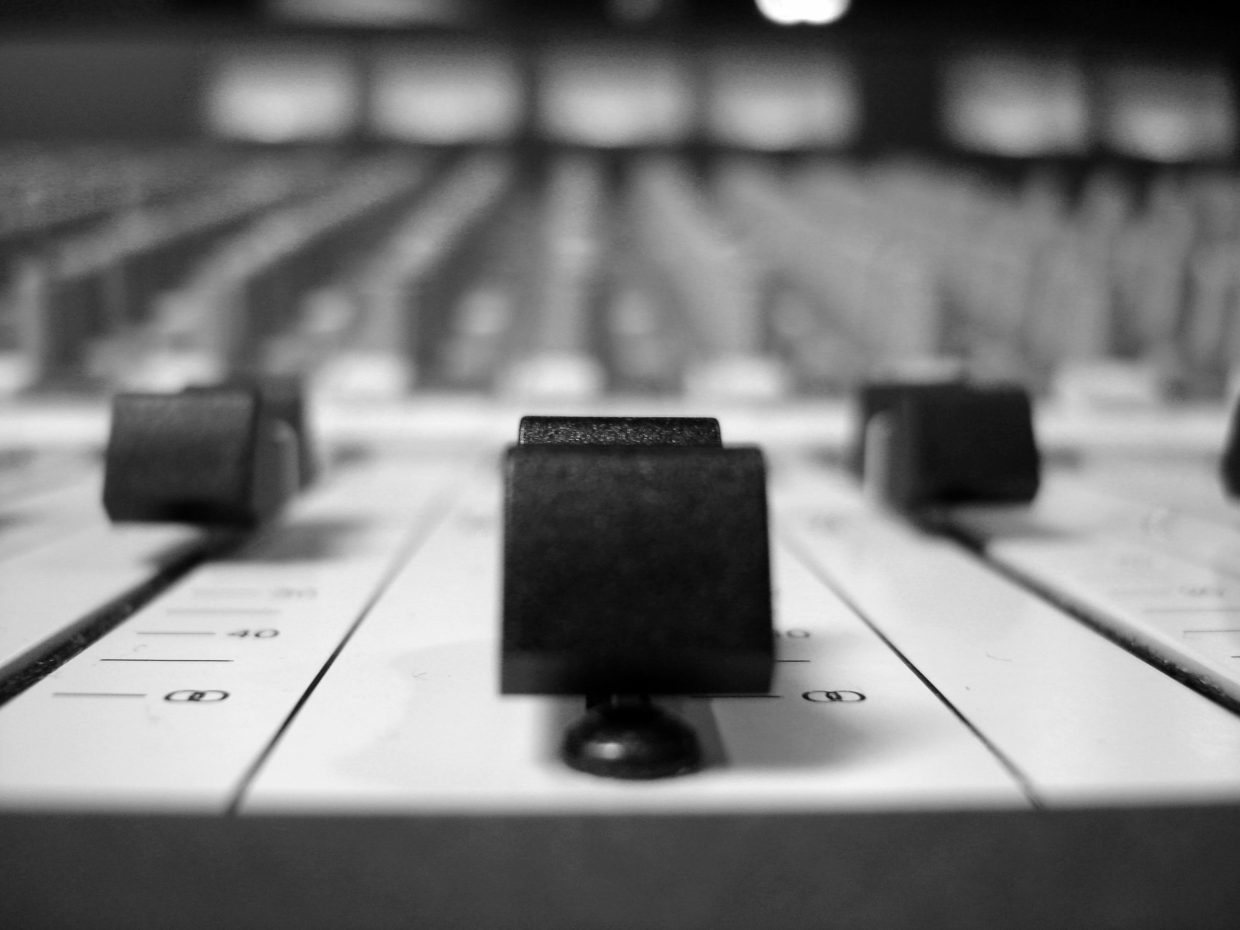The Art Of Top Down Mixing
Mar 14, 2014Today I want to share a helpful strategy to getting better sounding mixes with fewer plugins. Why is fewer plugins a good thing? For one you can save CPU power if you mixing on a native system (which many of us are). Secondly, I’m of the belief that the less processing you do to the audio, the better.
This strategy is kind of a backwards one. It’s called Top Down Mixing and I think you’re going to love it.

The Three Layer Mix
There are definitely a few philosophies on how to approach a mix, but the one I keep coming back to is this Top Down approach. It’s based on the fact that your DAW signal flow (or analog console) is comprised of three layers. And what you do on the top layer affects those beneath it.
If your master fader is the final stop for your tracks, then that is the highest point in the mix. One layer below the master fader would be group tracks or busses. Examples would be a drums buss, guitars buss, vocals, etc. And then finally underneath those busses are the individual tracks where your audio lives.
Start With The Top Layer
So when I’m ready to mix, and I’ve got a solid static mix going the very first place I start inserting plugins is on my master fader (i.e. the top layer). I’ll typically mix through some kind of console emulation or saturation style plugin, a compressor, and potentially a sweet sounding EQ.
With just three plugins I can see immediate results on my entire mix. All of the tracks benefit because I’m processing on the top layer. I’m also making small, subtle enhancements (because I don’t want to screw up my tracks) and the result is a much more natural and musical improvement on the entire mix.
Drop Down To The Middle
After mixing on the top layer, I’ll drop down to the middle layer: the group busses. I don’t always insert plugins here, but I will when I can make a difference. Do the drums need to be a bit brighter? Is there mud on the guitars? Are the keys a bit harsh?
By making slight EQ and compression moves (even saturation) on these instrument group tracks I can subtly but effectively bring all the tracks below them one step closer to sounding like a pro mix. Granted, you can’t do much precise mixing, but you’ve at least enhanced things on a more instrument by instrument level, getting you closer.
Then Hit The Ground Floor
At this point you can typically bypass the handful of plugins on your master fader and group tracks and hear a big change in the mix. Your mix, without any processing on the actual tracks is already being transformed. You likely will have a cleaner, punchier, and warmer mix.
All of this makes the ground floor mixing, putting plugins on individual tracks, that much easier. There’s less heavy lifting to do. You can focus on simple EQ carving and compression on a case by case basis to reduce masking and create more clarity. You’ll be surprised at just how quickly this layer can come together.
Top Down Thinking
To effectively mix with a top down approach, requires top down thinking. The same big picture mindset you use in your 10 minute mix (thinking like a listener, hearing the song and not the tiny details) is what translates over into top down mixing.
It’s this mindset that tries to see the sum of your tracks more than you see the individual tracks. Why? Because this focused approach gives you better results and keeps you from over tweaking and ruining a perfectly good mix.
Discover The 6 Steps for Creating a
Radio-Ready Song from Scratch"
Enter Your Email Below To Receive The Free 17-page PDF,
"6 Steps To A Radio-Ready Song"
We hate SPAM. We will never sell your information, for any reason.

